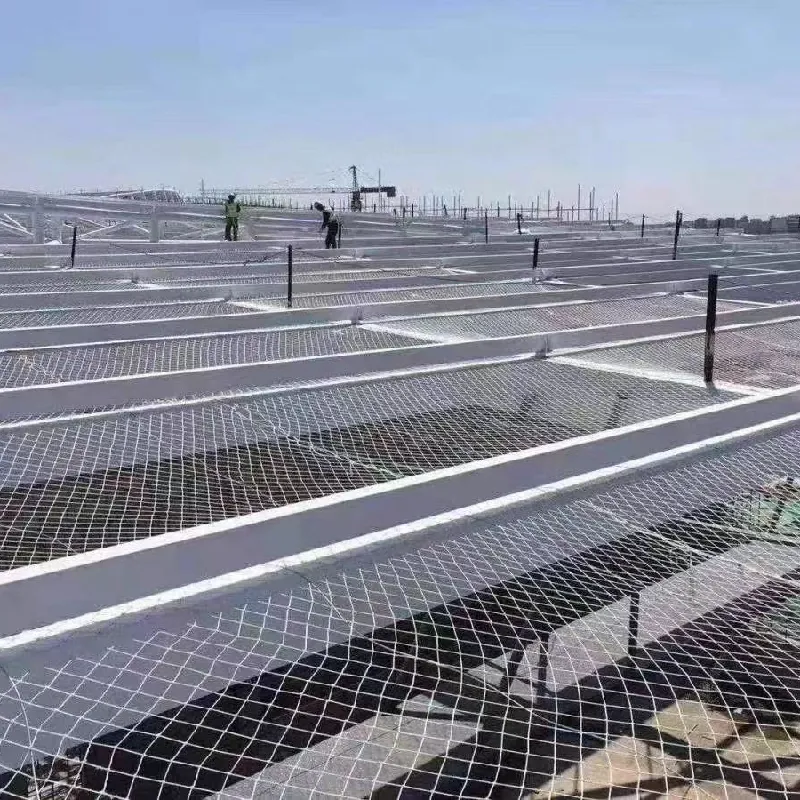-
 Afrikaans
Afrikaans -
 Albanian
Albanian -
 Amharic
Amharic -
 Arabic
Arabic -
 Armenian
Armenian -
 Azerbaijani
Azerbaijani -
 Basque
Basque -
 Belarusian
Belarusian -
 Bengali
Bengali -
 Bosnian
Bosnian -
 Bulgarian
Bulgarian -
 Catalan
Catalan -
 Cebuano
Cebuano -
 China
China -
 Corsican
Corsican -
 Croatian
Croatian -
 Czech
Czech -
 Danish
Danish -
 Dutch
Dutch -
 English
English -
 Esperanto
Esperanto -
 Estonian
Estonian -
 Finnish
Finnish -
 French
French -
 Frisian
Frisian -
 Galician
Galician -
 Georgian
Georgian -
 German
German -
 Greek
Greek -
 Gujarati
Gujarati -
 Haitian Creole
Haitian Creole -
 hausa
hausa -
 hawaiian
hawaiian -
 Hebrew
Hebrew -
 Hindi
Hindi -
 Miao
Miao -
 Hungarian
Hungarian -
 Icelandic
Icelandic -
 igbo
igbo -
 Indonesian
Indonesian -
 irish
irish -
 Italian
Italian -
 Japanese
Japanese -
 Javanese
Javanese -
 Kannada
Kannada -
 kazakh
kazakh -
 Khmer
Khmer -
 Rwandese
Rwandese -
 Korean
Korean -
 Kurdish
Kurdish -
 Kyrgyz
Kyrgyz -
 Lao
Lao -
 Latin
Latin -
 Latvian
Latvian -
 Lithuanian
Lithuanian -
 Luxembourgish
Luxembourgish -
 Macedonian
Macedonian -
 Malgashi
Malgashi -
 Malay
Malay -
 Malayalam
Malayalam -
 Maltese
Maltese -
 Maori
Maori -
 Marathi
Marathi -
 Mongolian
Mongolian -
 Myanmar
Myanmar -
 Nepali
Nepali -
 Norwegian
Norwegian -
 Norwegian
Norwegian -
 Occitan
Occitan -
 Pashto
Pashto -
 Persian
Persian -
 Polish
Polish -
 Portuguese
Portuguese -
 Punjabi
Punjabi -
 Romanian
Romanian -
 Russian
Russian -
 Samoan
Samoan -
 Scottish Gaelic
Scottish Gaelic -
 Serbian
Serbian -
 Sesotho
Sesotho -
 Shona
Shona -
 Sindhi
Sindhi -
 Sinhala
Sinhala -
 Slovak
Slovak -
 Slovenian
Slovenian -
 Somali
Somali -
 Spanish
Spanish -
 Sundanese
Sundanese -
 Swahili
Swahili -
 Swedish
Swedish -
 Tagalog
Tagalog -
 Tajik
Tajik -
 Tamil
Tamil -
 Tatar
Tatar -
 Telugu
Telugu -
 Thai
Thai -
 Turkish
Turkish -
 Turkmen
Turkmen -
 Ukrainian
Ukrainian -
 Urdu
Urdu -
 Uighur
Uighur -
 Uzbek
Uzbek -
 Vietnamese
Vietnamese -
 Welsh
Welsh -
 Bantu
Bantu -
 Yiddish
Yiddish -
 Yoruba
Yoruba -
 Zulu
Zulu
Versatile Solutions for Protecting Gardens and Buildings with Innovative Bird Mesh Netting
Bird Mesh Netting A Practical Solution for Bird Control
Bird mesh netting is an effective and versatile solution for controlling bird populations in various settings. Whether for agricultural purposes, urban environments, or residential properties, this barrier has gained popularity due to its ease of use, durability, and ability to provide humane protection against unwanted bird intrusions. In this article, we will explore the benefits, types, and applications of bird mesh netting.
What is Bird Mesh Netting?
Bird mesh netting is a type of fabric made from lightweight, yet durable materials like polyethylene or nylon. It is designed in small, interwoven strands that form a barrier, effectively preventing birds from entering protected areas while allowing for air and light to pass through. The mesh is available in various sizes and strengths, which can be tailored to address specific bird species and the environment in which it will be used.
Benefits of Bird Mesh Netting
1. Humane Bird Control One of the primary advantages of bird mesh netting is that it offers a humane way to deter birds. Unlike traps or toxic deterrents, mesh netting provides a physical barrier that prevents birds from accessing certain areas without causing harm.
2. Versatility Bird netting can be used in various applications, from protecting crops in agriculture to safeguarding buildings and homes in urban environments. It is suitable for both small and large-scale projects, making it a flexible option for different needs.
3. Cost-Effectiveness Investing in bird netting can save money in the long run. By preventing birds from damaging crops, roofs, and structures, landowners can avoid costly repairs and losses. As a one-time investment, netting often pays for itself through the protection it provides.
4. Durability Most bird mesh netting is designed to withstand harsh weather conditions, UV rays, and wear over time. This ensures that once installed, it will provide ongoing protection without the need for frequent replacement.
Types of Bird Mesh Netting
bird mesh netting

Bird mesh netting comes in several types, depending on the intended application
1. Garden Netting This lightweight netting is primarily used in gardens and farms to protect fruits and vegetables from birds. It can be easily draped over plants or secured to frames.
2. Commercial Bird Netting Designed for larger operations, such as warehouses or distribution centers, this type of netting is more robust and can cover vast areas to prevent pest birds from entering.
3. Residential Bird Netting Homeowners often use this netting to protect balconies, patios, or gardens from birds. It can be aesthetically pleasing and blend in with surrounding structures.
4. Specialty Netting There are also specific netting options designed to deter large birds, such as pigeons or starlings, often used in urban environments or near infrastructure.
Applications of Bird Mesh Netting
The applications of bird mesh netting are extensive. In agriculture, it protects crops from being pecked or eaten, ensuring better yields and less waste. In urban settings, it prevents birds from roosting on buildings, bridges, and other structures, which can cause damage and unsanitary conditions. Residentially, homeowners use bird netting to safeguard garden beds and fruit trees from invasive species, preserving the quality of their produce.
Conclusion
Bird mesh netting is an invaluable tool for anyone seeking to manage bird populations effectively and humanely. Its versatile applications, combined with cost-effectiveness and durability, make it an increasingly popular choice for farmers, businesses, and homeowners alike. By investing in this protective barrier, individuals can ensure their properties and crops remain safe from unwanted avian visitors, contributing to a balanced environment where both humans and wildlife can coexist peacefully.
-
Shipping Plastic Bags for Every NeedNewsJul.24,2025
-
Safety Netting: Your Shield in ConstructionNewsJul.24,2025
-
Plastic Mesh Netting for Everyday UseNewsJul.24,2025
-
Nylon Netting for Every UseNewsJul.24,2025
-
Mesh Breeder Box for Fish TanksNewsJul.24,2025
-
Expanded Steel Mesh Offers Durable VersatilityNewsJul.24,2025











